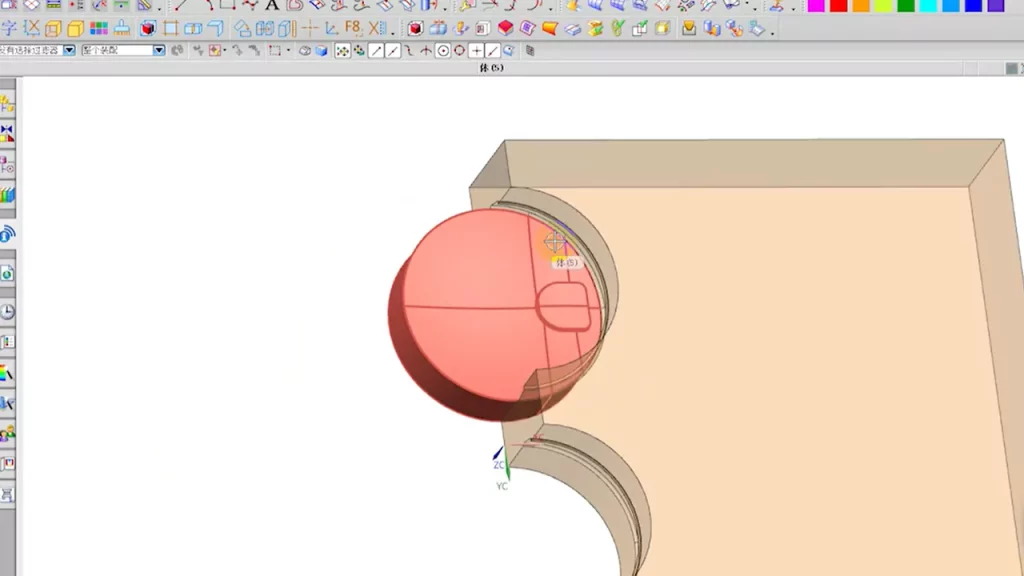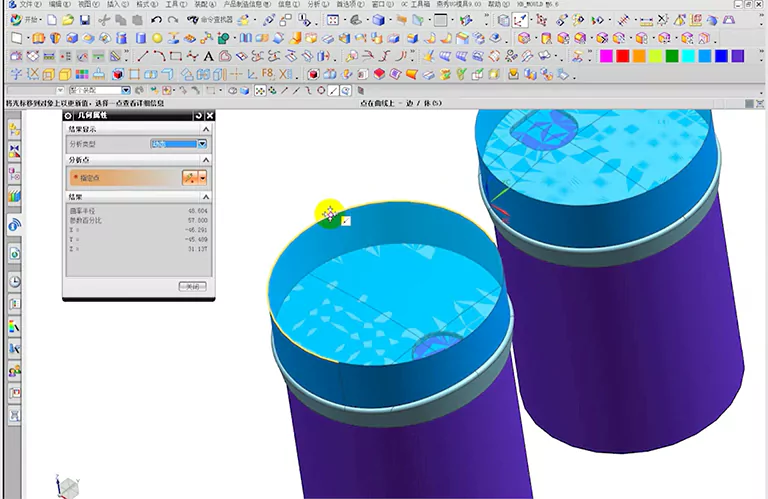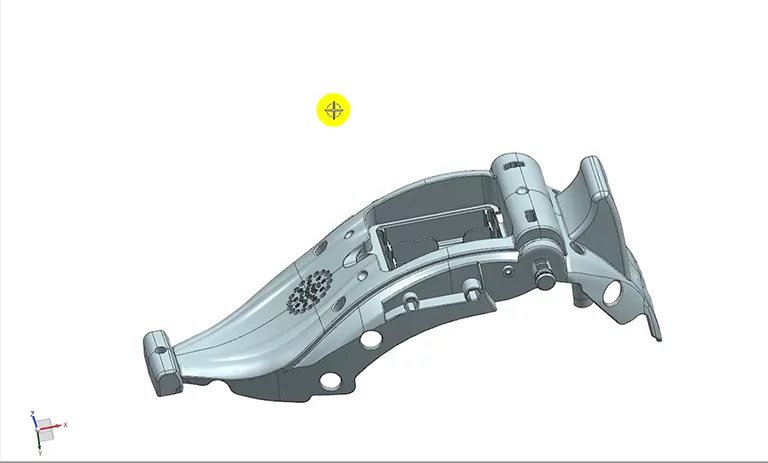Design for Manufacturability (DFM) is a new design concept part of the Design for Excellence (DFX) mindset. DFX refers to relatively new methods for coordinating design and manufacturing processes. Because of their numerous advantages, these methodologies are increasingly used in product design.
Designers select one or more DFX methods that apply to their product design aims. The designers can then ensure an outstanding product design by implementing the concepts in each way.
Now if you’re an emerging product designer in the production industry, understanding DFM and the usage of its principles will help you polish your skills. So, without further ado, let’s explore DFM in detail below.

What is DFM?
The engineering process of designing items to optimize their manufacturing ease and production cost given form, fit, and function requirements is known as design for manufacturability (DFM).
Effective DFM in manufacturing operations is based on various assessments for diverse products and production processes, ranging from tight tolerances and cooling times for molded parts to material type or machine selection.
Because of the numerous manufacturing processes, such as tooling and injection molding, the DFM process becomes more important in assuring manufacturability and product quality while keeping production costs in line throughout the product development life cycle.
Furthermore, DFM establishes quality requirements for manufacturability, such as consistency of raw materials and components, an efficient assembly process, and reduced parts.
The early stages of product design are ideal for design for manufacturability effectiveness, resulting in better judgments throughout the design process, fewer redesigns and supply chain disruptions, a high-quality product, a faster time to market, and significant cost savings.
The Evolution of Design for Manufacturability From Its Early Phases:
Any commercial design approach is likely to include some consideration for how the underlying product will be manufactured. However, design for manufacturability has evolved into a more organized, analytical approach to this underlying concern—a significant departure from previous techniques.
This procedure has gone through the following stages since its inception:
- Initially, manufacturers’ met the restriction to truly model production for scaling up experimental product lines and relying on trial and error. This limitation has changed in recent years with the widespread adoption of 3D printing, yet even this can be time-consuming and costly.
- Earlier, in the absence of digital manufacturing simulation, the only valid source of data on manufacturability was compared to prior projects.
- While spreadsheet software was useful for simple manufacturability calculations, it did not include mechanisms for examining complicated interdependencies between design, manufacturing process, sustainability, and cost structure.
- Because so many production factors were practically stuck during the design phase, completely separating the professional responsibilities of design and production engineers was extremely difficult at the early times of DFM.

Compared to the past and present – advanced DFM analysis software tools enable firms to incorporate a far more extensive understanding of manufacturability and sustainability challenges into their design for the manufacturability process.
What Are DFM Principles?
Creating a product that meets the design for manufacturability principles can be possible by focusing on the five key areas, including:
- Manufacturing process
- Product design
- Product material
- Service environment
- Testing and compliance with various standards
Now let’s go ahead and explore each of these areas in more depth.
Manufacturing Process:
Using the proper manufacturing process is important to the product’s success. Numerous criteria must be considered for choosing the best manufacturing method for a product, including cost, product material, volume, surface polish, post-processing requirements, and tolerances.
Because of the large upfront inputs and overheads, adopting injection molding for products manufactured in modest amounts, for example, is not sustainable. In such circumstances, additive manufacturing or thermoforming procedures may be preferable. Instead of investing much in molds and tools, these technologies enable cheaper manufacture with fewer pieces.
The corporation must complete the production procedures as quickly as feasible because the other four criteria depend significantly on it. The product design may propose several manufacturing procedures.
Each option must be examined using DFM principles for optimal selection. Instead of the manufacturing cost, the total viability must be considered. Although one manufacturing technique may have a lower production cost than another, the overall costs may rise dramatically throughout distribution, etc.
Tolerances allocated to the product are another factor that can significantly impact the final product cost. Unnecessarily tight tolerances can raise costs by requiring additional machining time or a secondary machining procedure.
The corporation may sometimes have to adjust the manufacturing method to satisfy particular criteria. Designers should use the loosest tolerances possible while achieving the product’s functional needs. Using such tolerances minimizes tooling costs and the number of faults while also making the product easier to manufacture.
Product Design:
Product design is most likely one of the most important aspects influencing the operation’s feasibility. An efficient design can significantly reduce costs and lead times, even with slight changes. However, the inverse can also be true.
When designers do not understand manufacturing, a lot can go wrong. This is why designers want DFM tools to assess the impact of their design decisions on production.
Consider the case of a plastic product with varying wall thicknesses. At first, cutting raw material prices wherever feasible may appear to be a good move as long as the target strength is not compromised.
However, when we consider the difficulties in making a plastic product with changing thickness, we quickly see that maintaining a constant thickness would be significantly more possible. Any engineer worth his salt understands this, but designers who produce product prototypes may not.

Also Read: The Ultimate Guide to Designing, Making, and Maintaining The Die Casting Mold
Product Material:
During the initial stages of designing and developing a new product, engineers must make crucial decisions regarding the selection of raw materials, including their grade and form. The appropriate choice is contingent upon the product’s desired outcome and expected performance.
The engineers are led in the direction of the most appropriate choice by several factors, including strength, thermal and electrical resistance, surface polish, flammability, opacity, and machining ability. The machinability of the material decreases as the material’s hardness increases. A substantial influence on the total cost of the item can be exerted not only by selecting the appropriate metal but also by carefully considering the material quality and form.
When we talk about the raw material’s form, we refer to its shape and size before it has been machined. For instance, metals are typically distributed as plates, bar stocks, strips, and sheets. In most cases, more than one type can be utilized; however, their rates and qualities are distinct.
For instance, the price of aluminum bar stock is around 50% less than that of aluminum plate on a per-kilogram basis. It is essential to investigate the implications of favoring one sort of raw material over another, given the overall context of the situation.
Service Environment:
Evaluating the service environment is one of the phases that must be taken in an efficient DFM process to design a functional and inexpensive product. The construction standards for a product that is intended to function in a dusty environment are not the same as those for a product that is intended to function underwater.
DFM recommends that one should strive to achieve product quality that is consistent with the typical working circumstances of the product. During the DFM process, it is necessary to consider the intensity and effect of environmental elements such as rain, snow, wind, salt, moisture, and abrasives.
To bring down manufacturing costs, it is essential to distinguish between reasonable expectations and those that are not. It is not necessary to have marine-grade criteria for a product that will be utilized exclusively in dry environments during its lifetime.
For instance, the superior corrosion resistance capabilities of the 5083 marine-grade aluminum make it an absolute necessity for use in maritime applications. However, it would not be reasonable to use this grade of aluminum in situations with a moderate to low likelihood of corrosion.
We simply consider regular operating circumstances when doing DFM to avoid adding extra expenditures to the production process.
Testing:
Manufacturing engineers must constantly keep testing and compliance standards in mind when performing DFM to avoid later problems. A product that can be made for a fraction of the initial cost but cannot pass certifications will never see the light of day.
There are different sorts of certification standards. They can be industry, third-party, or company-set standards to ensure a high-quality product. Regulatory agencies may also establish applicable standards for numerous products. To comply with these requirements, the producer must have testing capability for each.
The product design is advised to be tested for conformance before mass production begins when using DFM processes. Waiting till the end of the product development process might incur significant expenditures and may even necessitate the product being returned to the design stage.
Non-destructive testing procedures are suggested since the test component will remain completely functioning and intact even after the testing process is completed.
Conclusion:
As per this guide, understanding and implementing the design for manufacturability principles helps drive multi-faceted design and manufacturing businesses. By implementing the right principles of DFM, a product’s production quality and performance can ideally accelerate.
Still have questions about design for manufacturability? Please consult with our experts at Prototool.com.










